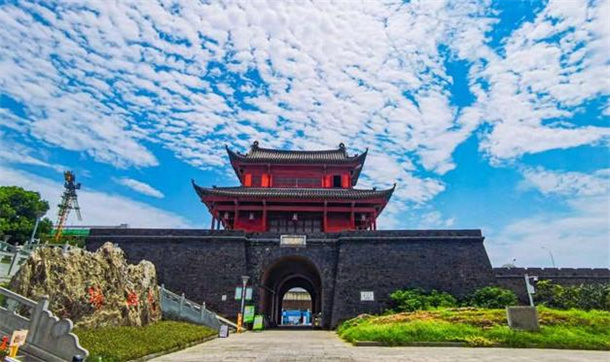Wuhan is a city with a long history. It has a long-standing historical civilization and many places of interest. It has been a famous tourist attraction since ancient times. Next, let’s take a look at the ranking of the top ten places of interest in Wuhan.
1. Qingchuan Pavilion 晴川阁
Qingchuan Pavilion, also known as Qingchuan Tower, is located in Hanyang District, Wuhan City, Hubei Province. It is located on Yugongji at the east foot of Guishan Mountain on the north bank of the Yangtze River. It faces the Han River in the north and the Yangtze River in the east. It was first built in the Jiajing period of the Ming Dynasty. It was built by Fan Zhizhen, the magistrate of Hanyang, when he was building the Xue Yuji Palace (Yuwang Temple). It was rebuilt in 1984. It was named after the poem of Cui Hao, a poet of the Tang Dynasty. It has the reputation of “three scenic spots in Chu”, Together with the Yellow Crane Tower and Guqin Tower, it is called “the three major scenic spots in Wuhan”, and is known as “the first floor of Chutian” in the world.
Qingchuan Pavilion covers a total area of 386 square meters. The main body is a reinforced concrete imitation wood structure with a height of 17.5 meters. The doors and windows are made of glass and metal parts, and are painted and carved with traditional techniques. The whole pavilion of Qingchuan Pavilion is divided into upper and lower floors, which fully embodies the majestic style of Chu people who “build platforms on the mountain and build pavilions on the platform”, and is full of strong Chu culture.
In 2002, Qingchuan Pavilion Scenic Area including Qingchuan Pavilion was approved as a national AAA-level tourist scenic spot.
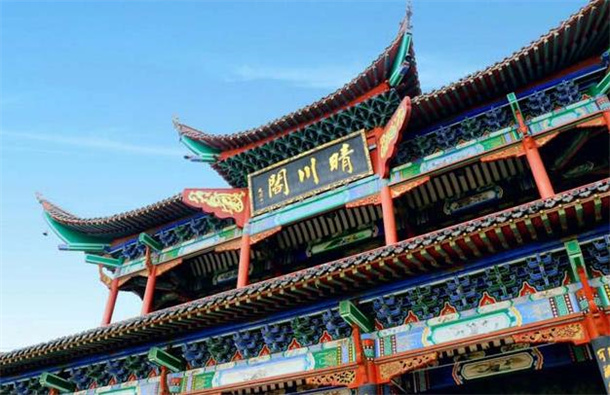
2. Gude Temple 古德寺
Gude Temple is located at No. 74 Landslide, Huangpu Road, Hankou, Wuhan City, Hubei Province. The temple was founded by Long Xi in the third year of Guangxu in the Qing Dynasty (1877). , changed its name to Gude Temple, with the meaning of “good old mind, universal virtue”, and the name was inscribed by Li Yuanhong himself. The temple covers an area of nearly 30,000 square meters, with a construction area of nearly 8,000 square meters. The temple combines the characteristics of Eurasian religious buildings, and integrates the three major Buddhist schools of Mahayana, Hinayana and Tibetan Buddhism. Spectacle” has high architectural, cultural and historical research value. Together with Guiyuan Temple, Baotong Temple and Lianxi Temple, it is known as the four major Buddhist jungles in Wuhan.
The core building of the Gude Temple is the Yuantong Palace, which uses the structure of ancient Roman architecture. The circular corridors and many square columns between the inner and outer walls, and the round windows and long windows on the facade wall are the architectural style of Christian churches. . The pagodas of its nine pagodas are like weathervanes and crosses, which are unique in Chinese pagoda culture. In 2012, Gude Temple was listed as one of the top ten riverside landscapes in Wuhan, and it is a very distinctive Zen building. In 2013, Gude Temple was listed as a national key cultural relic protection unit as an important historical site and representative building in modern times.
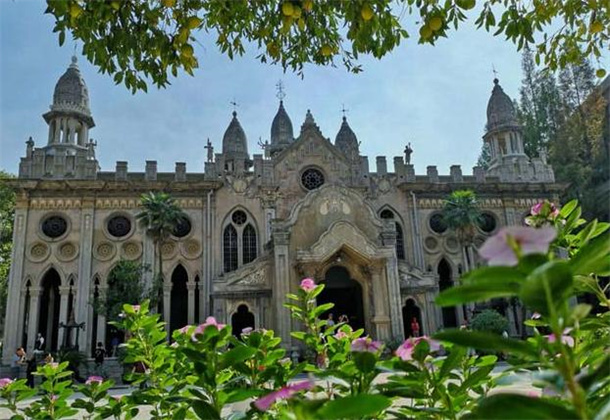
3. Guiyuan Temple 归元禅寺
Guiyuan Temple is located on Guiyuan Temple Road, Hanyang District, Wuhan City, Hubei Province. It was built by Master Baiguang in the 15th year of Shunzhi in Qing Dynasty (AD 1658). Covering an area of 153 mu, there are more than 200 halls and more than 7,000 volumes of various Buddhist classics. Guiyuan Temple belongs to Caodong Sect, one of the five schools and seven schools of Zen Buddhism, so it is called Guiyuan Temple. Guiyuan Temple is also known as the “Hanxi Yijing”, because of its humanistic environment with towering ancient trees and luxuriant flowers and trees. It is also the seat of the Wuhan Buddhist Association. Together with Baotong Temple, Lianxi Temple and Gude Temple, it is called the four major jungles in Wuhan.
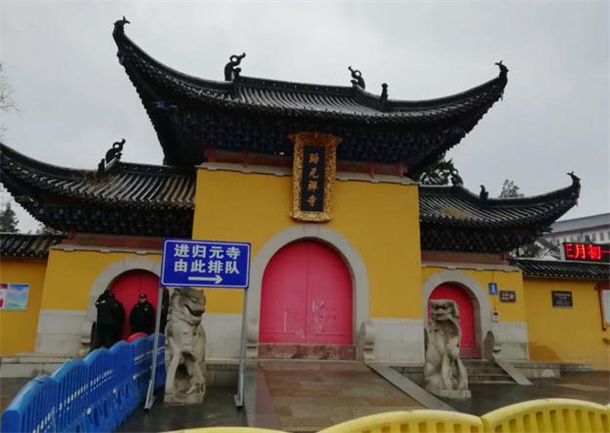
4. Yellow Crane Tower 黄鹤楼
The Yellow Crane Tower is located in Wuchang District, Wuhan City, Hubei Province. It is located on the top of Snake Mountain and is on the verge of the Yangtze River. It is a landmark building in Wuhan. “Tongzhi Tower” was designed as a prototype and rebuilt in 1985. It became famous all over the world because of the poem “Yellow Crane Tower” written by Tang Dynasty poet Cui Hao Denglou. Since ancient times, it has been known as “the most beautiful scenery in the world”. It is also known as the “three famous scenic spots in Wuhan” together with Qingchuan Pavilion and Guqin Terrace. It is the first of the “Scenery”, one of the “Four Famous Buildings in Ancient China”, and one of the “Top Ten Famous Historical and Cultural Buildings in China”. It is known as “the first building in the world”.
The main building of the Yellow Crane Tower is an octagonal body with four sides and a reinforced concrete frame imitating wood structure. Supported by 72 columns, there are 60 corners extending outward on the upper floor; outside the building, there are cast copper yellow crane shapes, Shengxiang pagodas, archways, porch, pavilions and other buildings, and the whole building is shaped like a yellow crane, spreading its wings to fly There are plaques hanging on all sides under the eaves, and a golden plaque with three characters “Yellow Crane Tower” inscribed by calligrapher Shu Tong on the front.
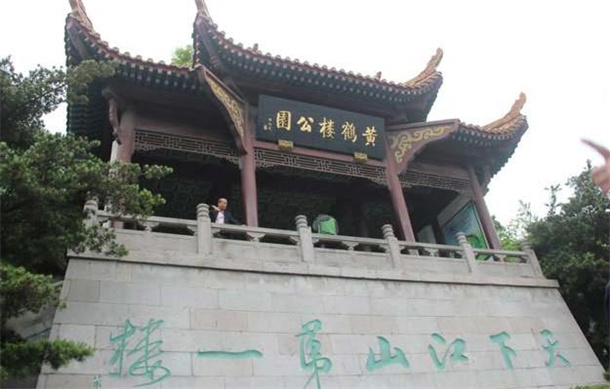
5. Guqin Terrace 古琴台
GuQinTai, also known as Yu Boya Terrace, was first built in the Northern Song Dynasty and rebuilt in the early years of Jiaqing in the Qing Dynasty (1796 AD). Moon Lake is a historical site of Chinese music culture, a national AAA-level scenic spot, a key cultural relic protection unit in Hubei Province, and one of the cultural relics and tourist attractions in Wuhan. It is also known as the three major scenic spots in Wuhan together with the Yellow Crane Tower and Qingchuan Pavilion. Taiwan” is called.
According to “Lushi Chunqiu” and “Liezi” and other records, during the Spring and Autumn Period and the Warring States Period, Yu Boya met Zhong Ziqi here by chance and played a song “High Mountain and Flowing Water”. Unexpectedly, a year later, Boya returned as promised, only to learn that Ziqi had died of illness. In grief, Boya never played the piano again, and was known as Boya Juexian in history.
The Guqintai complex covers an area of about 15 mu. In addition to the main building of the hall, there are courtyards, forest gardens, flower beds, tea rooms, etc., with exquisite layout and clear layers. In front of the hall is a qin platform, a square stone platform made of white marble, about 20 square meters, which is said to be the place where Boya played the qin.
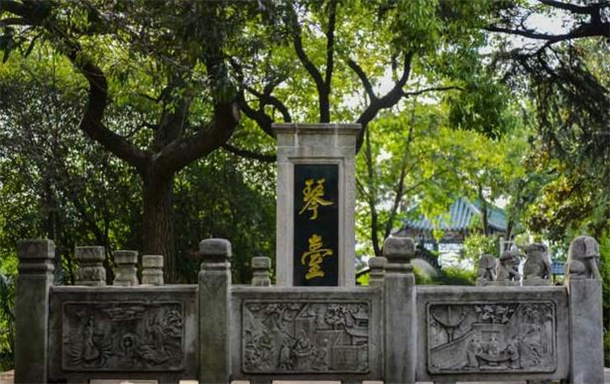
6. Changchun Temple 长春观
Changchun Temple, one of the famous Taoist places in China, is located on the south slope of Shuangfeng Mountain in the northeast corner of Dadongmen, Wuchang, Wuhan City, Hubei Province, in the middle of Huanghu Mountain (Snake Mountain). Qiu Chuji’s Taoist name “Changchunzi” was named. A famous Taoist temple. In 1983, it was listed as a national key Taoist temple by the State Council.
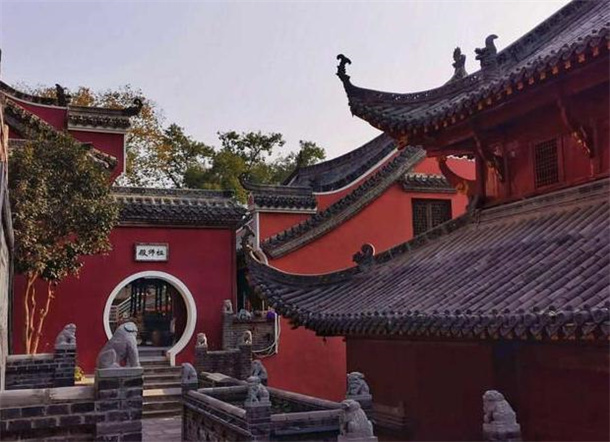
7. Baiquan Ancient Town 柏泉古镇
Wuhan Baiquan Ancient Town (Baiquan Office) is located in the northwest of Wuhan City, Hubei Province, only 17 kilometers away from the city center. The southern part of the area has formed a Baiquan eco-tourism area.
There are Xiashang cultural relics in Baiquan Ancient Town, Wuhan, and more than 30 historical sites, of which there are only 13 remaining: Baiquan Ancient Well, Key Pier, Yujiazui, etc. have been erected by the municipal government as “Wuhan Cultural Relics”. Protection unit”, the others are all cultural relics protection units of the Dongxihu District Government, and are protected by explicit order.
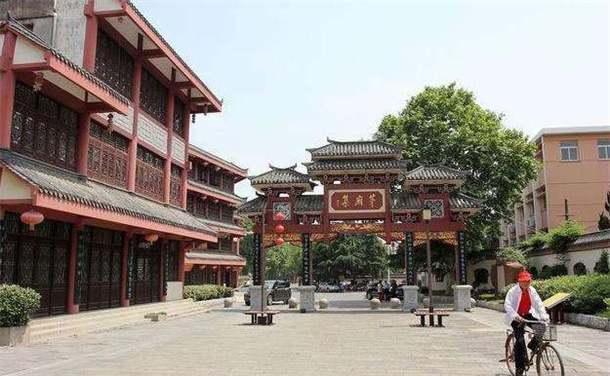
8. Baotong Temple 宝通禅寺
Baotong Temple is located at No. 549 Wuluo Road, Wuchang District, Wuhan City, Hubei Province. It was first built in the Liu Song Dynasty (420-479) of the Southern Dynasties. It was originally named Dongshan Temple and has a history of more than 1,600 years.
Baotong Temple is built on the mountain. The temple covers an area of more than 110,000 square meters. , the abbot’s room and the meditation hall. There is a Hongshan pagoda behind the temple. It is the first Buddhist site in Sanchu, one of the four famous Buddhist jungles in Wuhan, and the oldest existing temple in Wuhan.
In 1950, Baotong Temple was announced by the Wuhan Municipal People’s Government as a key cultural relic protection unit in Wuhan. In 1983, Baotong Temple was announced by the State Council of the People’s Republic of China as a national key Buddhist temple in the Han area. In 1992, Baotong Temple was announced as a cultural relic protection unit in Hubei Province by the People’s Government of Hubei Province.
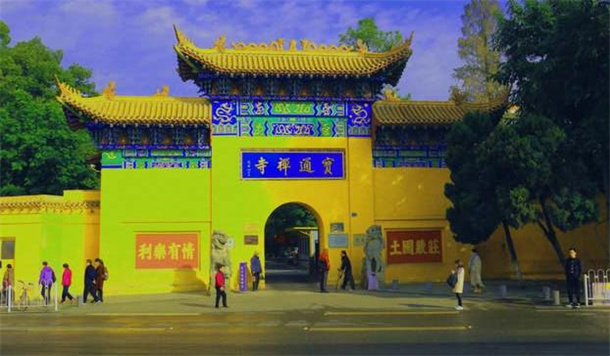
9. Hongshan Pagoda 洪山宝塔
Hongshan Pagoda started construction in the Yuan Dynasty to the seventeenth year of the Yuan Dynasty (1280) and was completed in the twenty-eighth year of the Yuan Dynasty. It took eleven years to complete. The pagoda has seven levels and eight directions, and is made of bricks and stones. It is thirteen feet three feet high, eleven feet two feet wide at the base, and one foot three feet high at the top. Before the founding of the People’s Republic of China, the tower was damaged. After the founding of New China, the people’s government attached great importance to the protection of temples and cultural relics. In 1953, Hongshan Pagoda was fully repaired. .
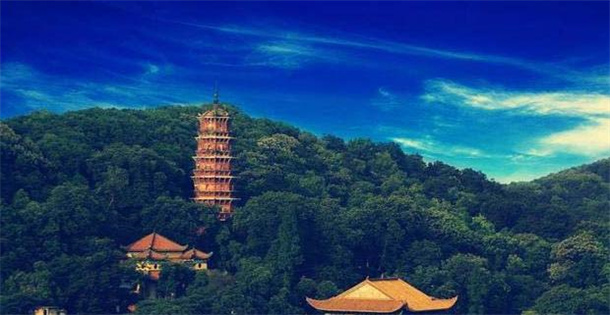
10. Wuhan Uprising Gate 起义门
Wuhan Uprising Gate, located in Uprising Street, Shouyi Road, Wuchang District, Wuhan City, Hubei Province, is a national key cultural relic protection unit, a national AAAA-level tourist attraction, and a historical witness of the Revolution of 1911.
The Uprising Gate was originally the Zhonghe Gate in the ancient city of Wuchang. It was built in the Hongwu Period of the Ming Dynasty (AD 1368) and has a history of more than 700 years. On October 10, 1911, after the Hubei New Army Engineering Battalion uprising, they quickly controlled the Zhonghe Gate, and the Nanhu Horse Pao Battalion was able to enter the city from this gate, and bombarded the Huguang Governor’s Mansion at the top of the city, opening a new page in modern Chinese history.
After the founding of the Republic of China, Zhonghe Gate was renamed Uprising Gate to commemorate the victory of Wuchang Uprising. The city tower was dumped before liberation. In 1981, the gate tower was restored at the original site; there are three gold-plated characters “Uprising Gate” inscribed by Marshal Ye Jianying on the gate tower. In 2011, according to the drawings of the ancient city wall, the 333-meter city wall was restored and rebuilt. At the same time, the Forest of Steles of the 1911 Revolution, the Wind and Rain Corridor, the Chuwang Pavilion, and the Shouyi Beacon Fire Stone Carvings were added, and it was expanded into a red tourist attraction. It is a must-see place for travel friends to Wuhan .
